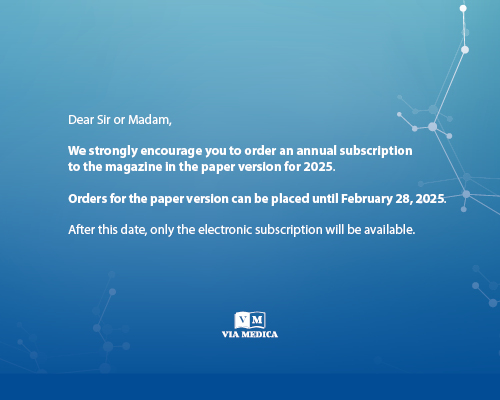Vol 57, No 1-4 (2006)
MARITIME HEALTH
Published online: 2010-03-26
Health risks by bromomethane and other toxic gases in import cargo ship containers
IMH 2006;57(1-4):46-55.
Abstract
Containers are increasingly used for the worldwide transport of all kinds of goods.
Consistent with national and international regulations on pest controls, a growing
proportion of these containers undergoes fumigation. Frequently, the prescribed
labelling is missing. According to literature, this situation may lead to accidents and
represents a significant health risk to dock workers, inspectors and custom workers.
Furthermore, warehouse workers and even consumers may come in contact with these
toxic fumigants. Presented measurement data underline this health risks due to
bromomethane but also due to other fumigants and, surprisingly, due to further noxious
gases. So far, no routine method for sensitive and specific measurements on the spot has
been available. The consequences of container fumigation should always be carefully
weighed up, and alternatives to pesticides, e.g. heat treatment or atmospheres with
reduced oxygen and for high CO2 concentrations should be considered. In addition,
stringent international controls as well as sanctions if IMO’s “Recommendations on the
safe use of pesticides in ships” are disregarded are required.



